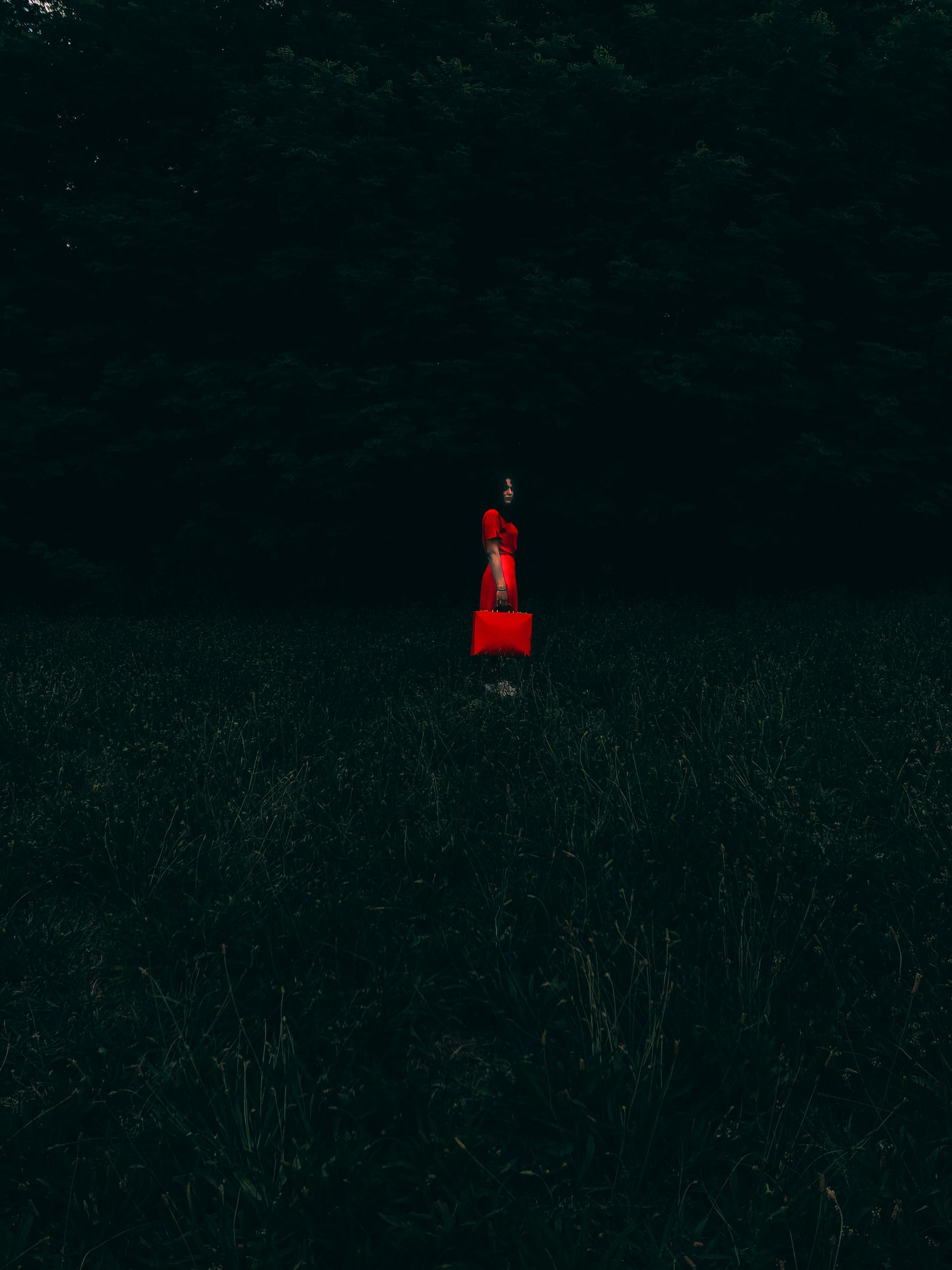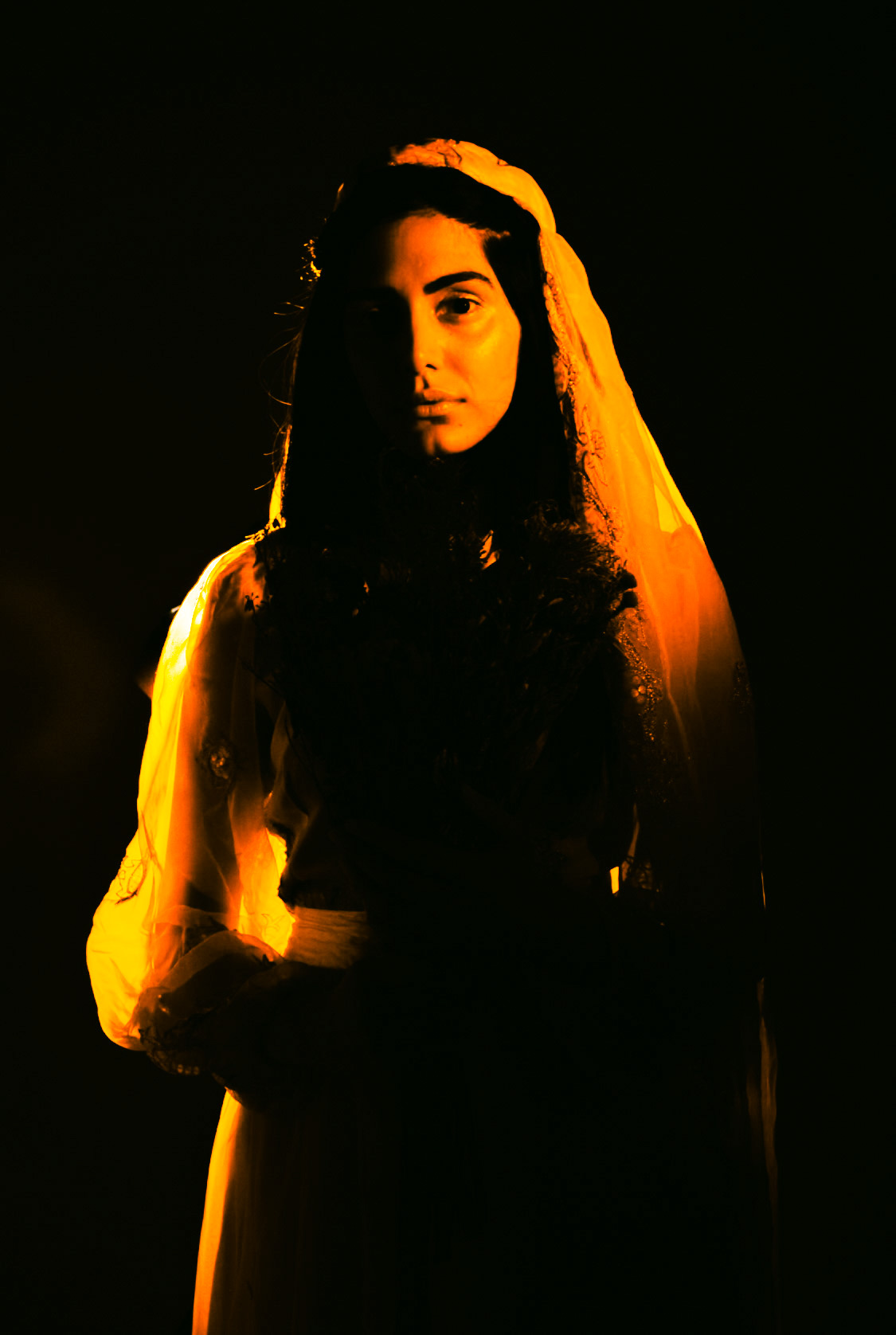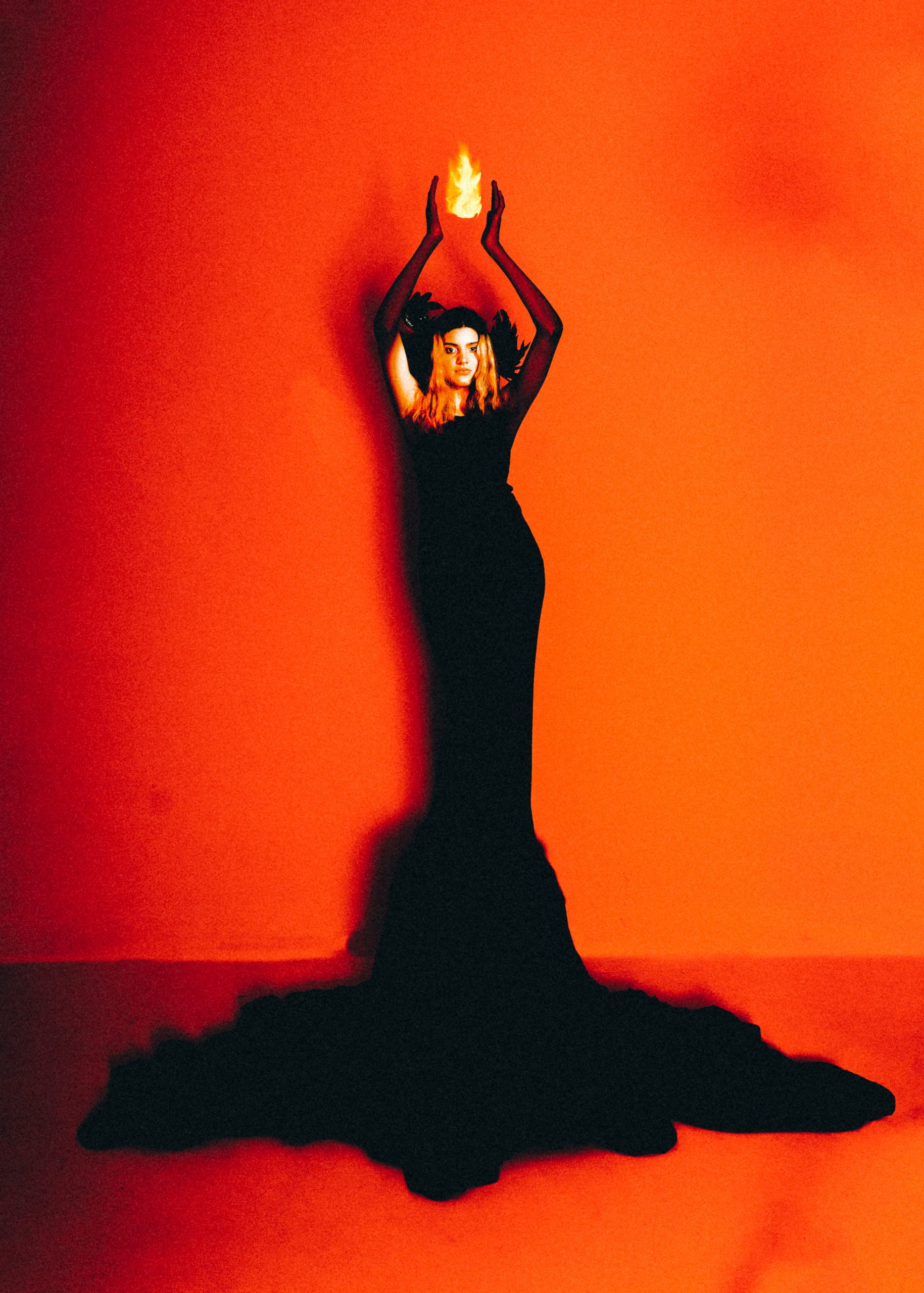On a pre-pandemic evening in 2019, I was fortunate enough to be introduced to Dayyaan Waja through mutual friends. I remember the night vividly as a student wandering around west campus, with Dayyaan capturing moments of my friend group’s late-night adventures on camera. The videos and images he shot, I still regard today as one of the most unique ways I have been captured digitally. Since then, I have been in awe of the media-bending work he creates. Dayyaan is a photographer and multi-media creator who prefers to goes by the alias DYX; a name chosen for a reason. The DY is taken from his given name thus representing not only his identity — but also his authenticity; the X represents the unknown, which he has always had an affinity for.
While many young artists are opting to work with analogue photography, DYX goes against this trend and chooses to rather work completely digitally. Using his college background in multi-media design, DYX creates work that transcends traditional photography — using elements of graphic design and relying on interesting methods in post-production to breathe life into his work. His passion for photography, graphic design and art direction, has enabled him to create material that communicates ideas and stories from a unique viewpoint, drawing on his own life experiences as well as those of individuals with whom he has collaborated. This passion, along with a need to express himself and communicate complex ideas in novel ways has propelled him to the creative field. From a young age, DYX found creativity incredibly freeing and thus chose to pursue a career in the field, allowing him to turn his passion into a living.
I recently caught up with DYX in a fruitful conversation that explored his work, his creative process and how the parameters of photography can be expanded through experimentation across media.
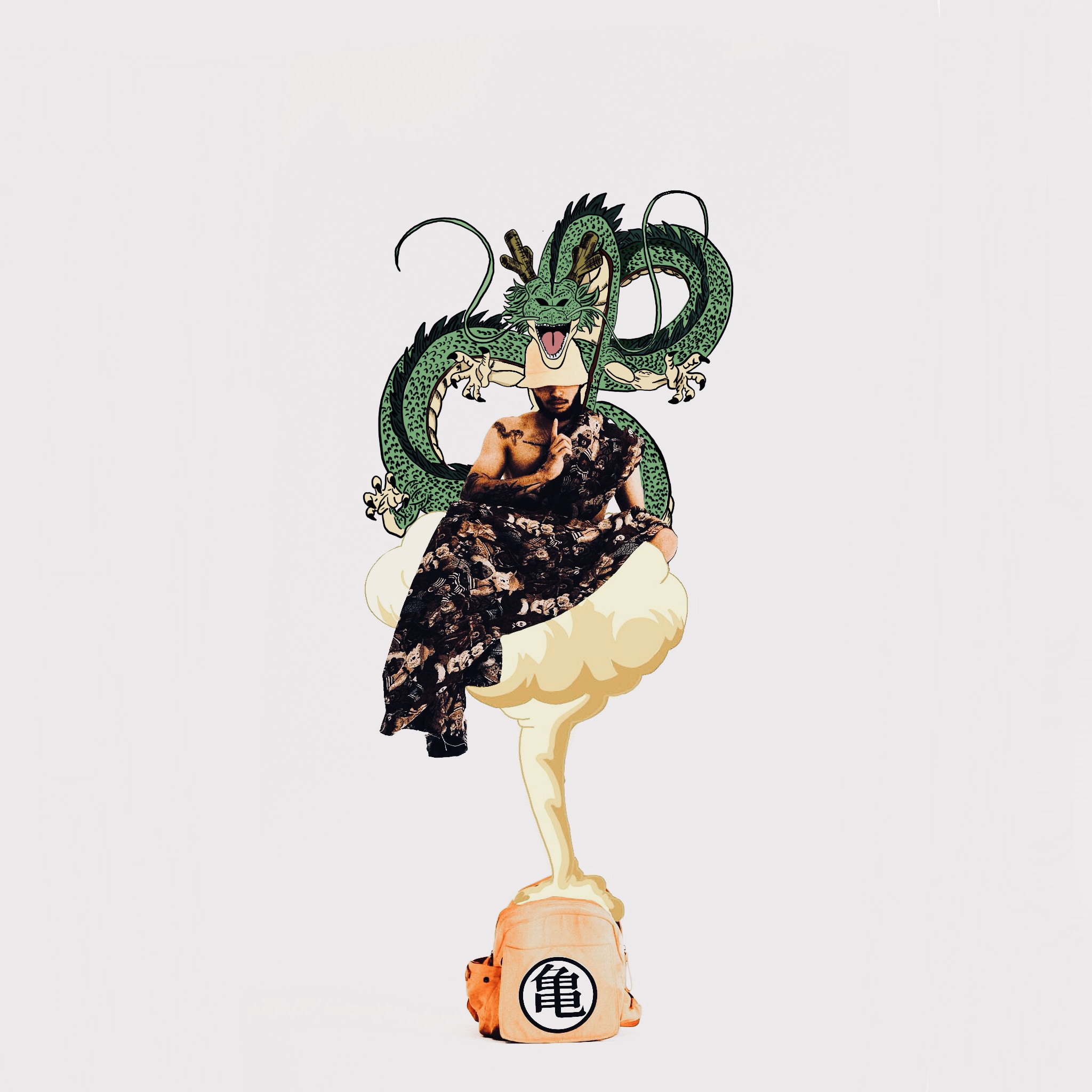
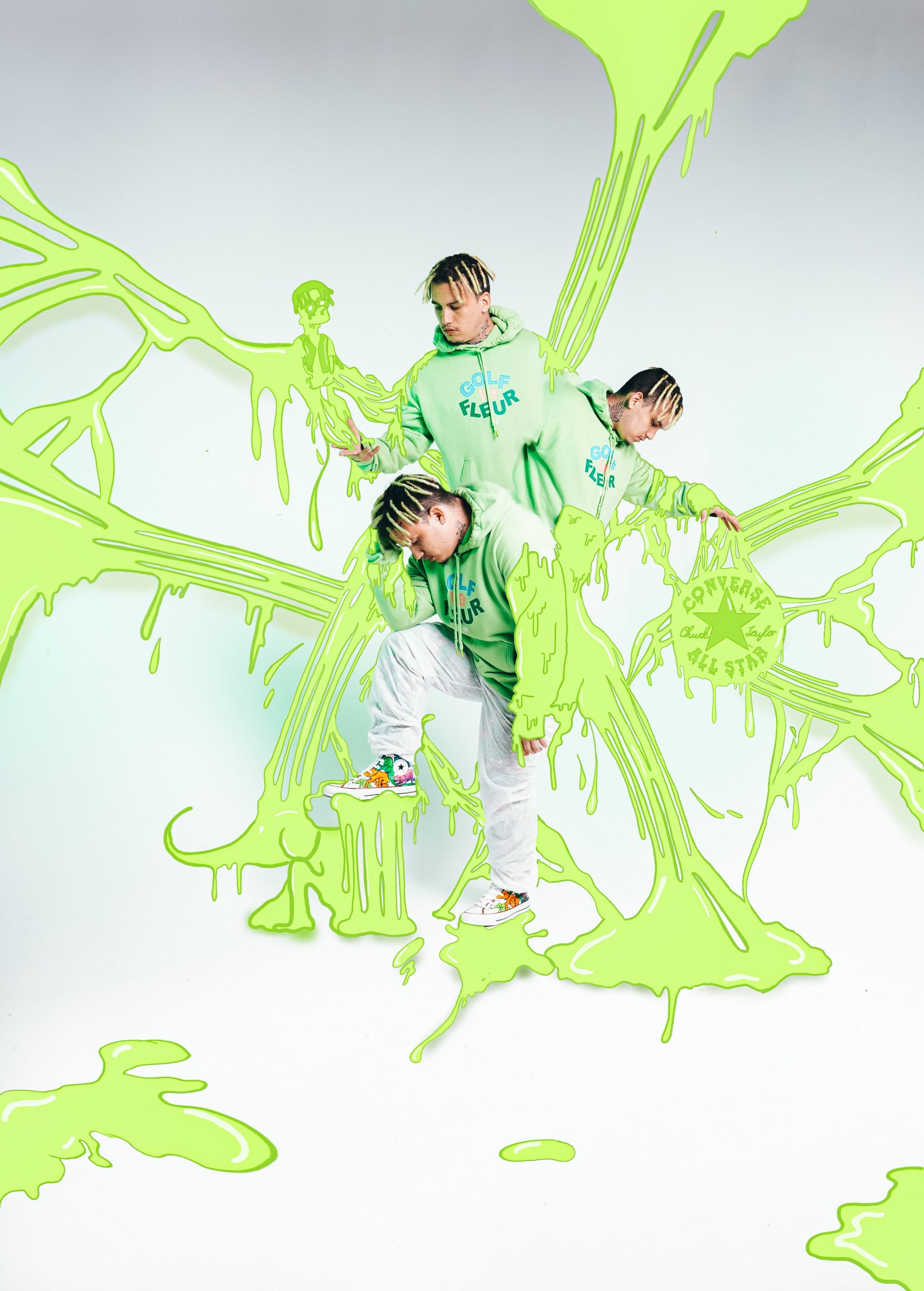
Your work seems to be heavily influenced/based in graphic design. Why is that?
DYX: I feel that a photograph can say so much more than a thousand words, if you allow it to. It can capture and preserve the beauty of a moment but it can also elevate it. Graphic design provides a form of expression and communication [that] I think is incredibly powerful; the possibilities are limitless. Though there are many rules in graphic design and photography — guidelines [that] can steer you in one path — I feel that deviating from these rules can lead to wonderful outcomes, and ignoring the other possible paths would be a mistake. By not following the traditional rules, one can find freedom in creation and create a voice that is unique to them. That is certainly what I found through graphic design.
Your work is very conceptual, how do you think about and decide on concepts to accompany each shoot? Is there a specific creative process you follow?
DYX:I would say that there is no set creative process, but I draw inspiration from [several] things I encounter throughout my day including music, television, mental health issues, the people I engage with, graffiti/street art and current events, amongst many other things. My art is best, I feel, when I am attempting to explore difficult, nuanced subjects. The process begins with a vision — an idea that needs to be fleshed out. Then comes the practical considerations of how, when and where I can bring the vision to life. Once the concept is shot, I begin editing and attempting to reconcile the photos with the image in my mind. If the images do not capture what I was hoping to capture, then I try to improve it through editing or [through integrating] it into other situations/inspirations. It is here, that graphic design becomes an integral tool.
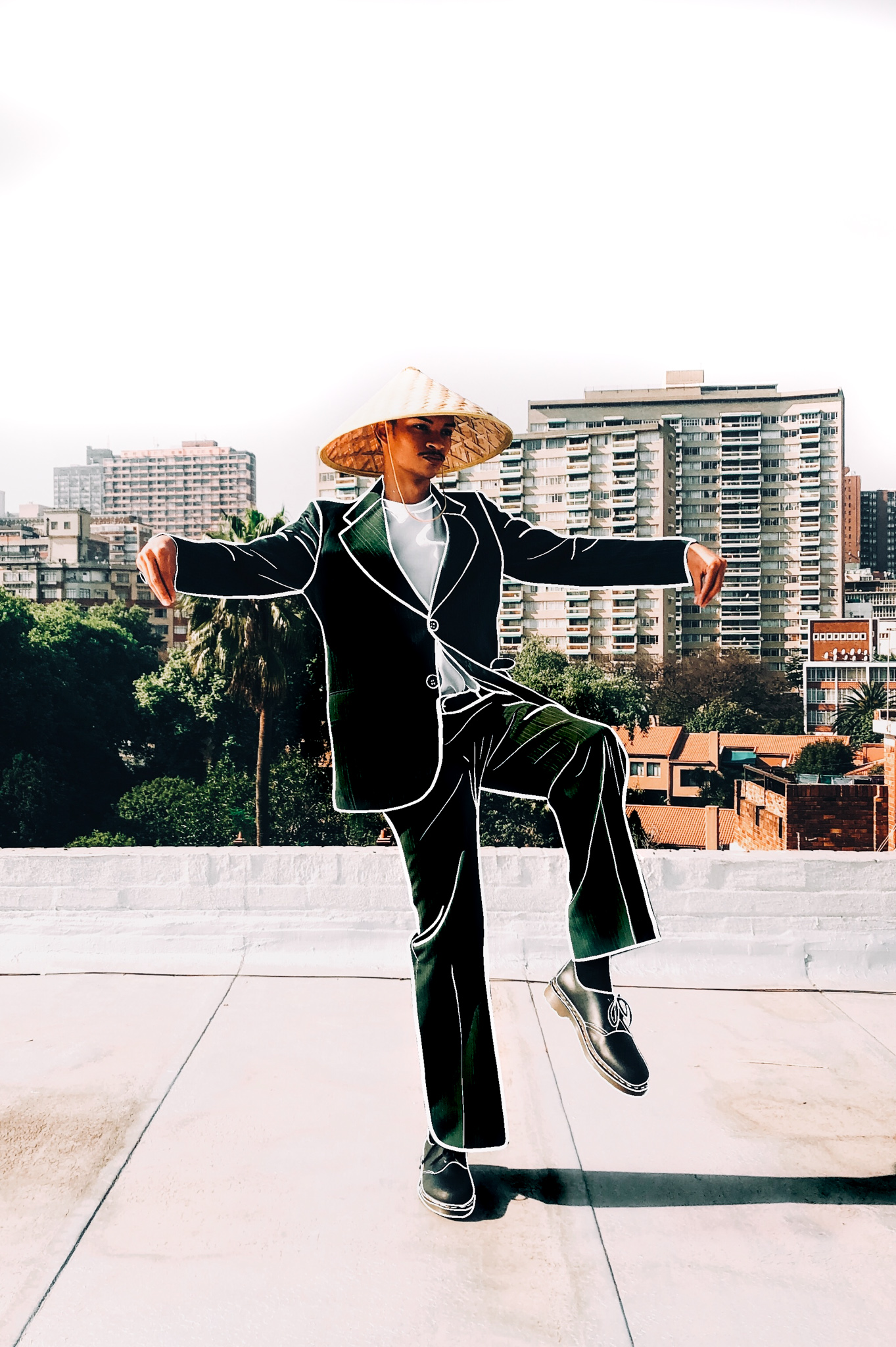
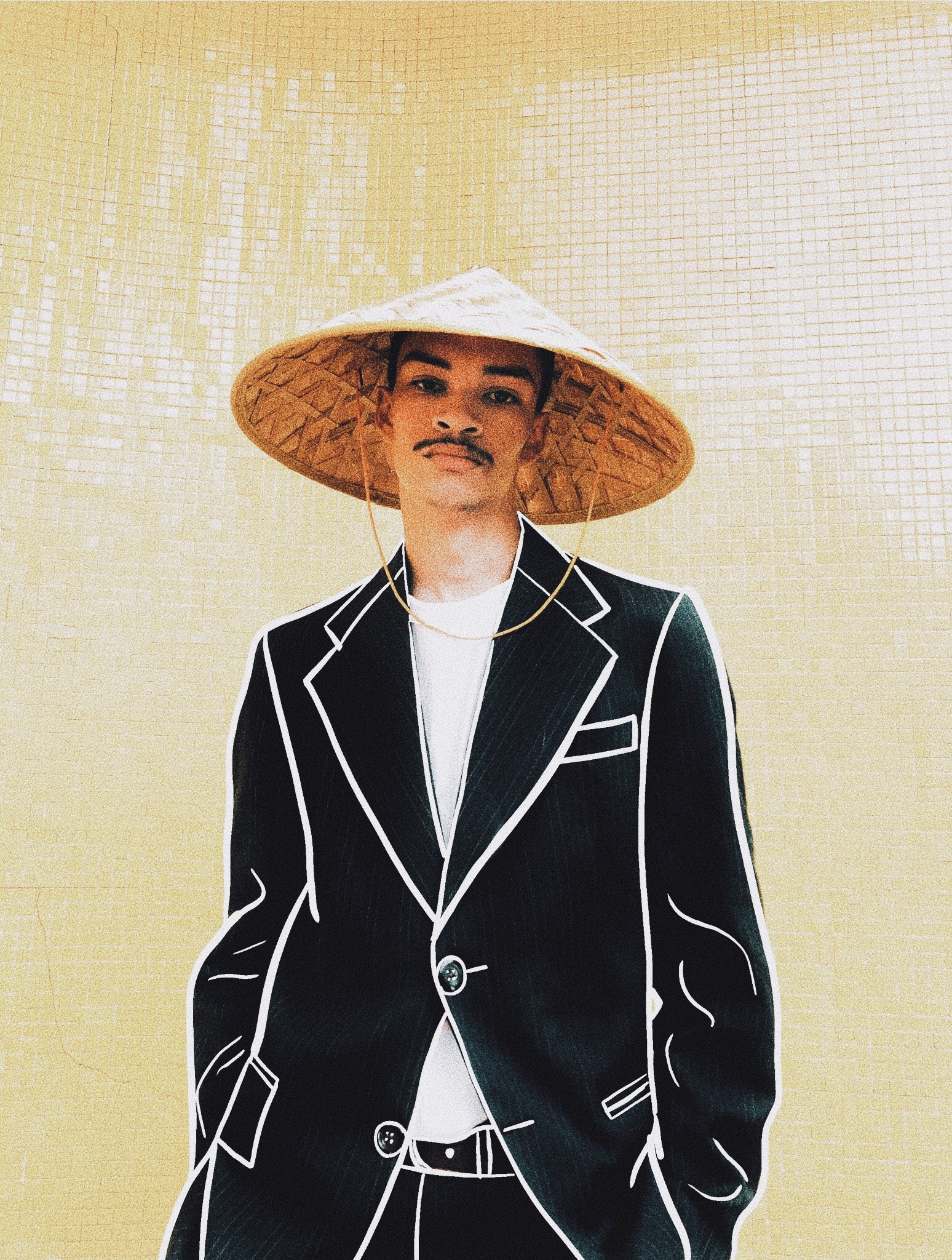
Earlier this year you were an art director for the Air Max Day shoot, how was this experience? Is art direction something you want to explore more or do you prefer being the one behind the camera?
DYX: Working on the Air Max Day shoot was a seminal experience for me as it allowed me to flex my creative muscles while also taking me out of my comfort zone; an experience I welcome. Art direction is something I would definitely like to do more of and I feel it would provide me with a new perspective on art creation. However, I do really enjoy being behind the camera and would not mind doing both art direction and photography on future projects.
What are the main things you try to communicate through your work?
DYX: Art has the ability to hold a mirror to the face of society, and it has the responsibility to reflect, critique, praise and enlighten the different factors of our beautiful, fractured world. I hope to use my art to explore difficult topics and to make it easier to face these topics in all their nuance — without reducing the seriousness or complexity of the subject. Creativity is the door to freedom, an escape from the struggles that we all face. Whether those struggles be related to mental health, societal illness, or anything else that people struggle to talk about, I want to provide people with a sense of comfort. I want to help fight the stigmas surrounding the battles we face, to reduce the burden of shame that so many [people] feel.
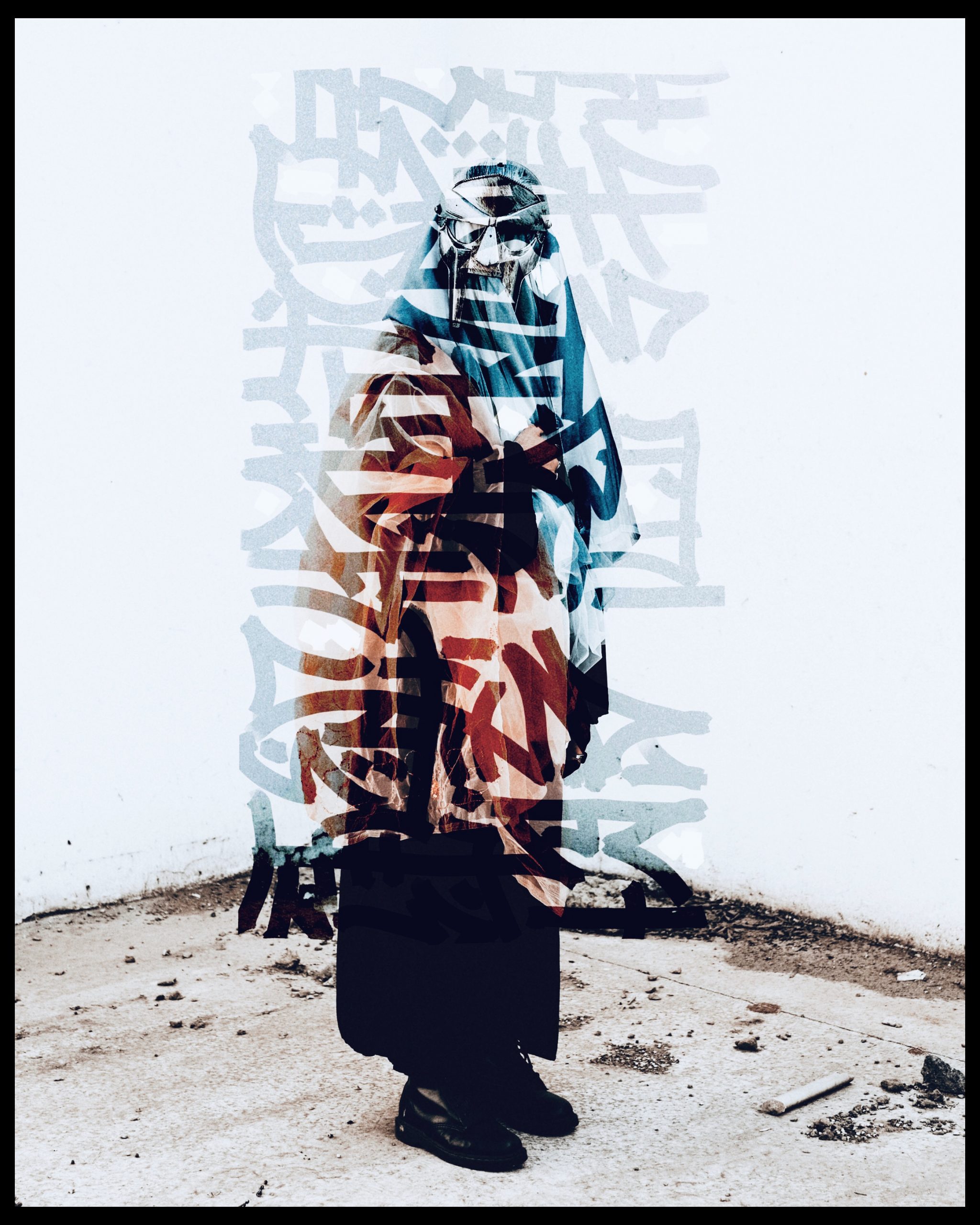
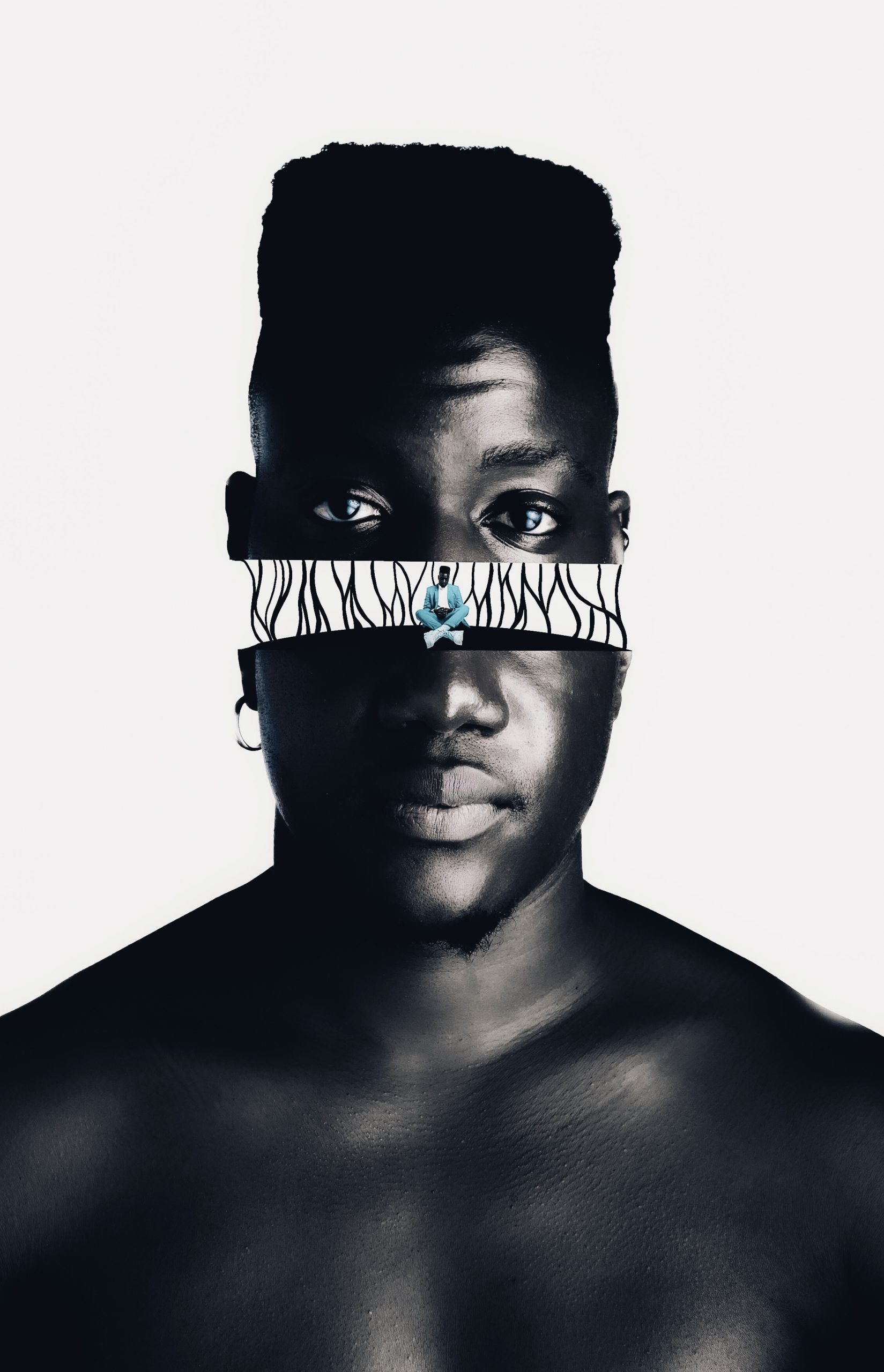
You work with a few artists or brands, is collaboration something you find important? And do you find that there is more or less room for you to explore creative ideas in collaborative projects?
DYX: Every person you work with can teach you something, and I feel that it is important to be open to these lessons and to never stop learning. Collaboration can have its challenges; compromise must be made and everyone should be allowed a voice. [However], these challenges push you to think differently and to think creatively so that you can find new ways to tackle creative ideas. My vision is never lost through collaboration, it is only elevated.
It seems as though you have done some work abroad, do you see yourself travelling more or are you planning to continue working in South Africa?
DYX: I would love to travel more and to broaden my networks — working with international brands and individuals — but I also hope to keep working with brands and individuals in SA. Drawing on, and collaborating with people from different countries who have different perspectives, different cultural backgrounds and different world-views could add a lot to my work and to the perspectives that feed into [it]. And I will embrace all of its colours and all of its beauty.
